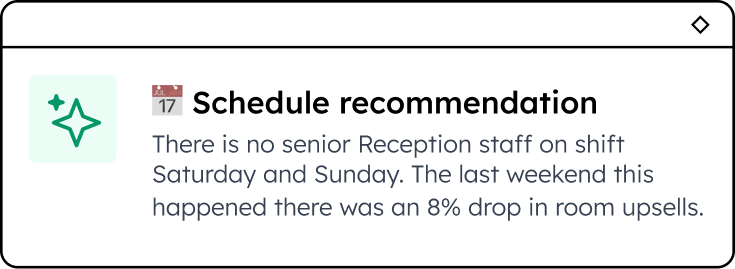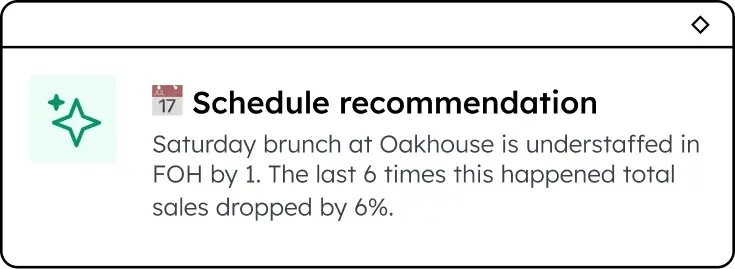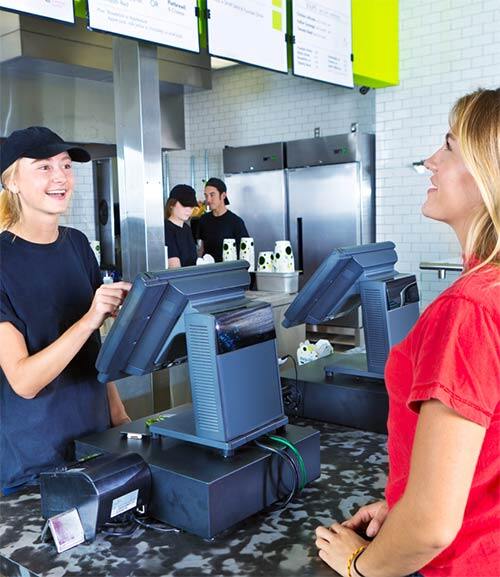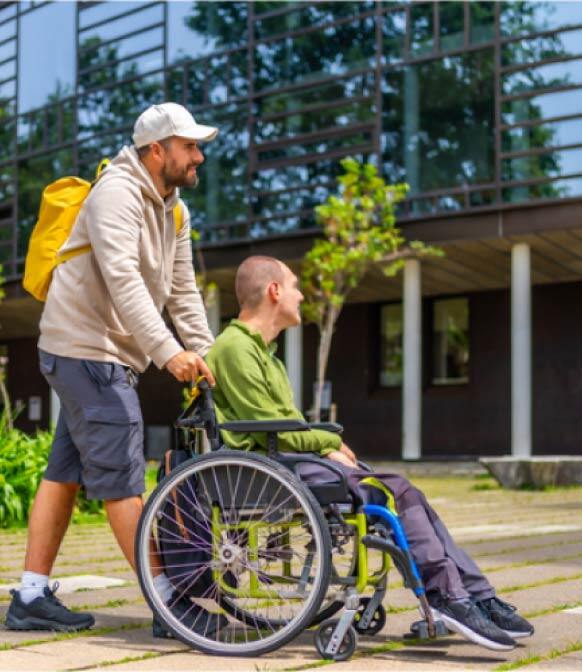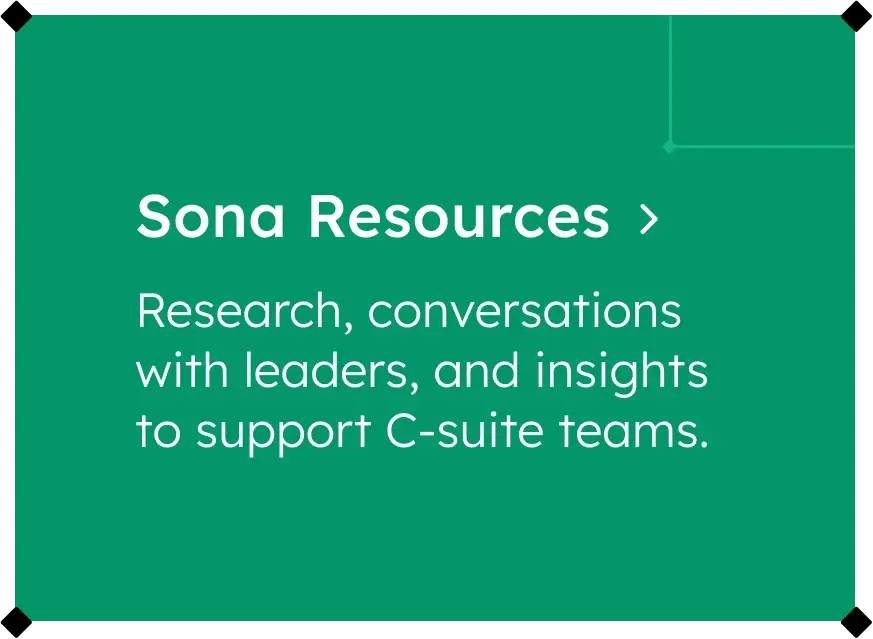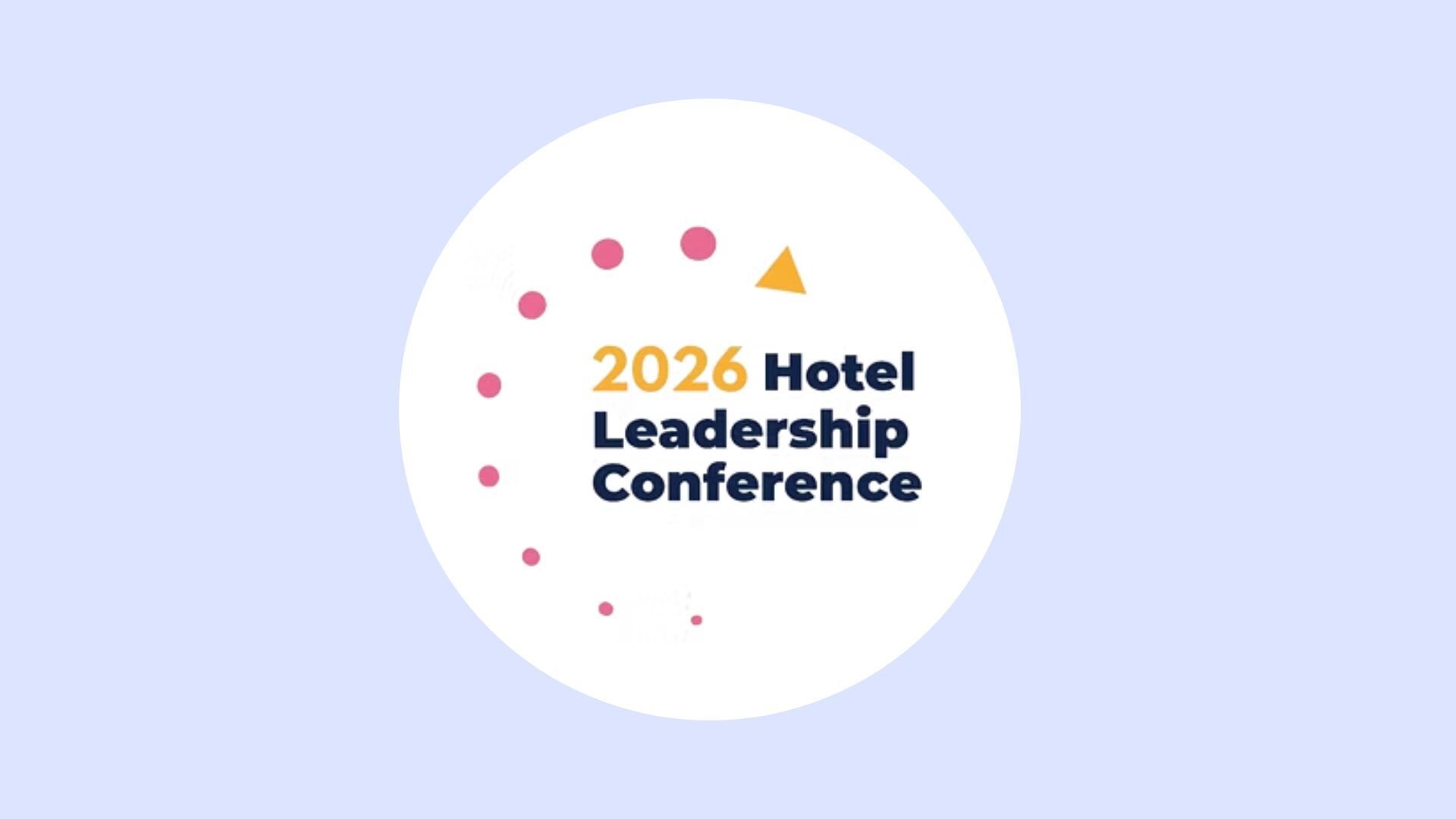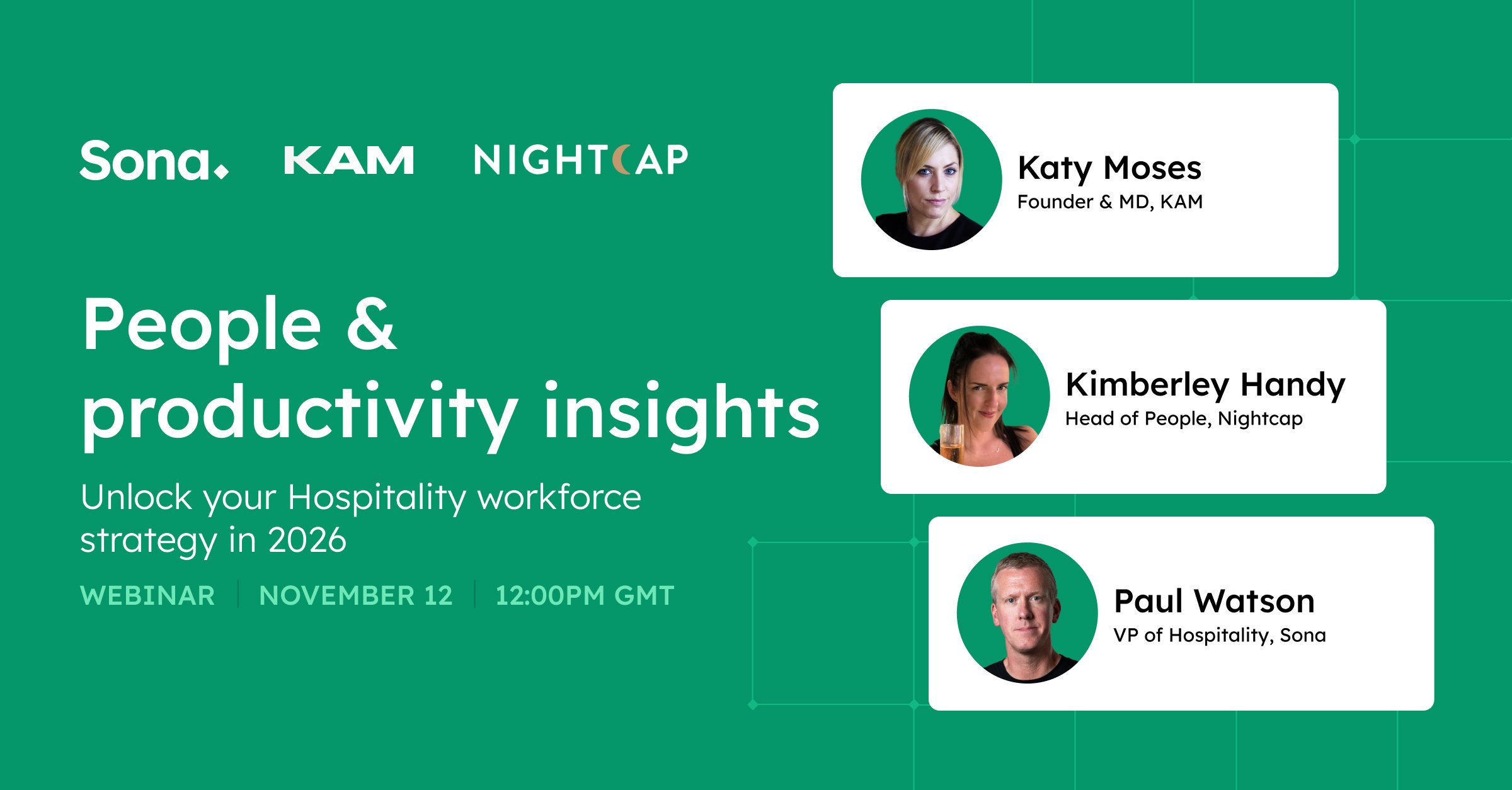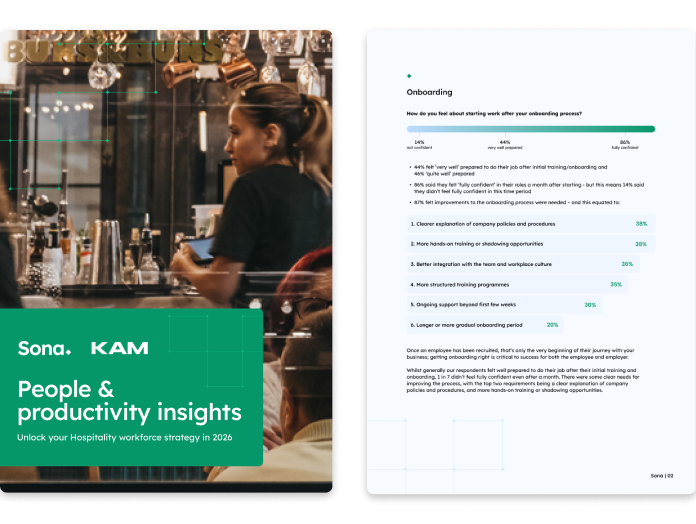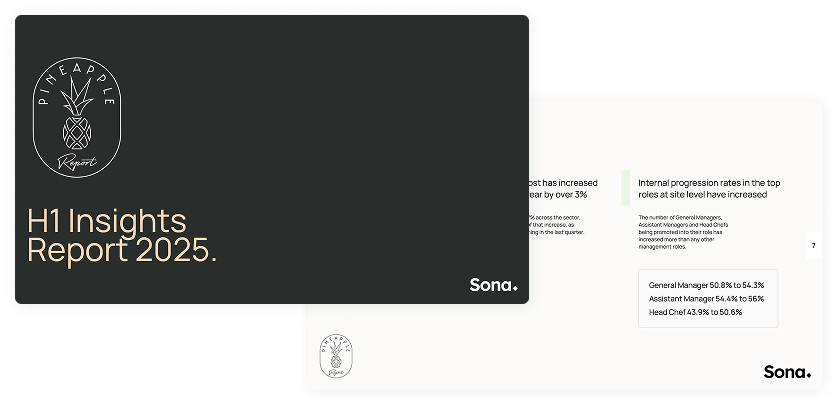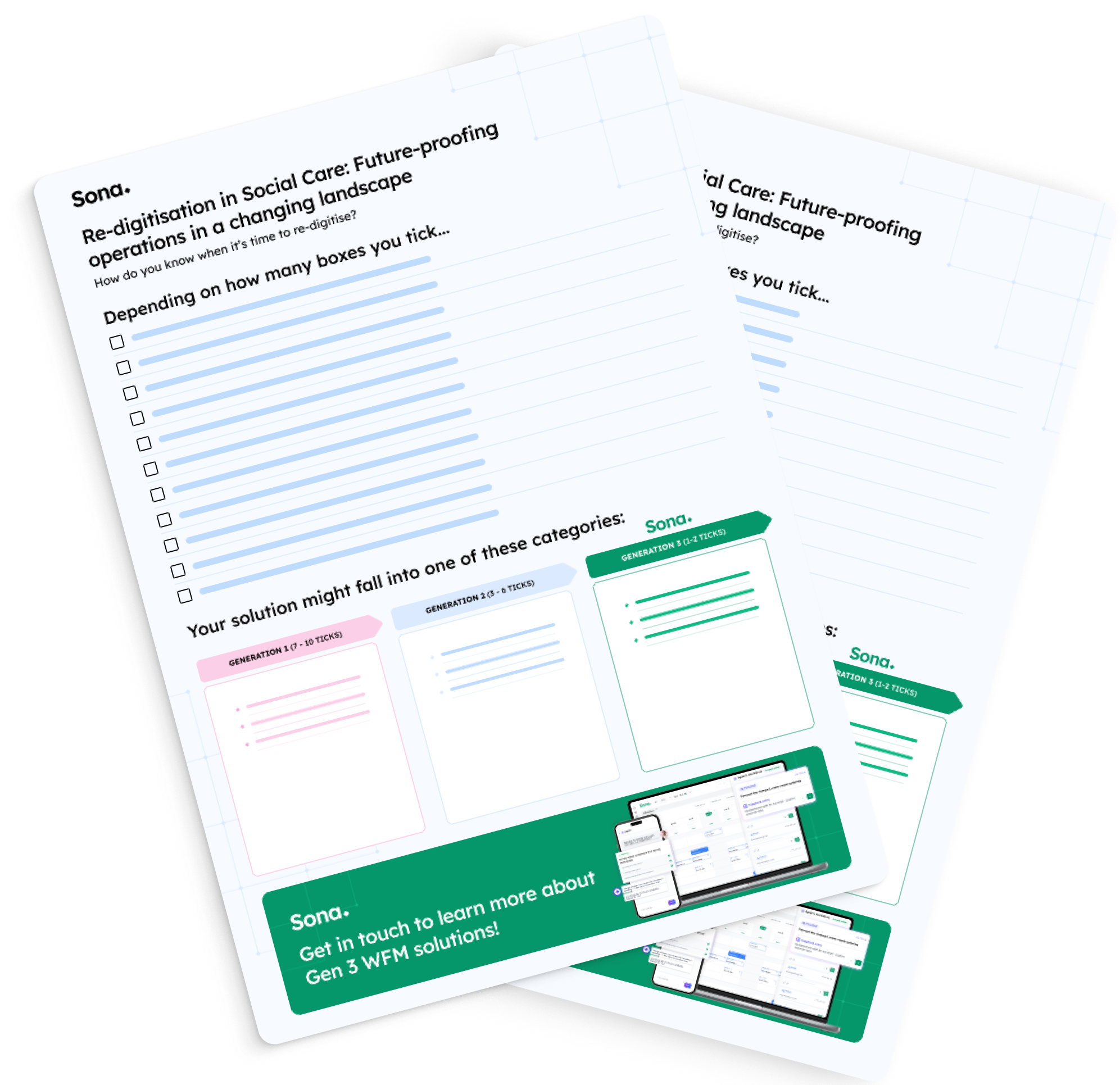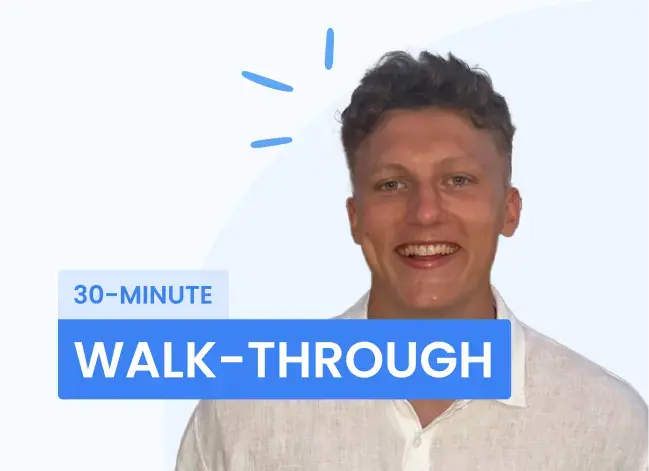Social Care around the world: Exploring the Dutch Social Care system
Welcome to the first edition of Sona’s Social Care around the world series.
7 minute read

In this instalment, we’ll travel over to the Netherlands to find out more about:
- The Dutch social care system
- Three interesting initiatives from the Dutch social care sector
- Innovations in Dementia care, some of which are making their way to the UK
Healthcare and social care: UK vs. Dutch statistics
A major difference between Social Care and healthcare in the Netherlands and the UK is the funding model.
In the Netherlands, every resident has paid health insurance that covers the cost of care, whereas in the UK, the NHS is funded by general taxation, and a small proportion of National Insurance contributions.
The Netherlands is also among the highest spenders on long-term care in Europe - with 4.1% of GDP going towards medical, nursing, and personal care as well as assisted living services.
The Netherlands has one of the highest rates of long-term care beds in nursing and residential care facilities among European countries with 74 beds, while the UK is at 41 (per every 1,000 people over 65 years old).
As of 2020, the number of Dutch formal long-term care workers at home was 95,000, compared to the 170,000 in institutions. By comparison, the split in the UK is about 50:50, with domiciliary care and those in care homes (with and without nursing) each have an estimated workforce of 570,000.
Now for the similarities: both the UK and the Netherlands are facing staffing pressures with thousands of vacant posts (152,000 in the UK and 22,000 in the Netherlands).
|
|
Netherlands |
UK |
Year of data |
|
Number of people aged over 65 |
3.6m |
11m |
2021/2023 |
|
65+ year olds as a proportion of the overall population |
20% |
19% |
2021/2023 |
|
Total long-term care spending as a share of GDP |
4.1% |
2.3% |
2019 |
|
Number of long-term care beds in nursing and residential care facilities per 1,000 65+ years olds |
74 |
41 |
2021 |
|
Vacant posts in adult social care |
22k |
152k |
2022/2023 |
Table sources: ONS, Statistics Netherlands (CBS), OECD, Skills for Care
Three interesting initiatives from the Dutch social care sector
Now let’s dive deeper into three areas which have benefited from outstanding innovations from the land of (among other things) tulips and windmills:
1. Buurtzorg
In the mid-2000s, the Dutch home care sector faced rising costs and dissatisfaction among carers and clients. Jos de Block, a frustrated nurse, wanted to do something to change this, so in 2006 he quit his job and founded Buurtzorg, a community care programme. The big difference? Moving the care decision-making process away from centralised management, and back into the hands of frontline teams.
Buurtzorg’s main principles are:
- Self-directed teams: teams of 10 to 12 nurses that provide medical and supportive home care services - localised to a specific neighbourhood
- Decreased bureaucracy: specialised IT systems were put in place so nurses could spend more time with people, and less time buried in paperwork
- Outcome evaluation: positive outcomes (including efficiency and cost-savings) are measured for both clients and professionals
Buurtzorg now employs over 10,000 nurses in 850 self-managed teams. Their back office has only 45 staff members and they take care of payroll, invoicing and operations. This allows nurses to focus on what makes a real difference to clients: delivering excellent care.
2. Innovative elderly care
Keeping company with intergenerational living
Since Christmas 2012, the Humanitas care home in Deventer has provided free accommodation for students, who in return agree to spend 30+ hours a month socialising with their elderly neighbours. The students provide companionship to these residents. Humanitas recognises that, in this intergenerational setting, it’s often the small things that count: having a cup of tea together, sharing a meal, showing the residents how to send an email, or simply just having a chat in the corridor. The students can come and go as they please, as long as they don’t disturb the elderly residents.
“I have been living in Humanitas since September 2020. I really enjoy my neighbours and I really enjoy it here. What I find special is being able to hear all the beautiful life experiences. Sometimes it seems like I'm going back in time.”—Natalia Vis, psychology student living at The Humanitas.
Care Farms to focus on independence and accomplishments
Another interesting concept is the ‘care farm’ which became popular in the 1990s. Care farms are where elderly people, particularly those who may have limited mobility, to remain socially active by tending to livestock, harvesting vegetables. This meant they had opportunities to make their own decisions and increase their independence.
Care Farms were designed with a simple philosophy in mind; “rather than design care around what people are no longer able to do, design it to leverage and emphasise what they can accomplish.” (Reasons to be Cheerful)
It wasn’t long after that these care farms became popular in the rest of Europe, the US, and here in the UK too.
Alarms and smart sensors
When it comes to alarm systems, there’s one company that’s doing a lot of development in the area: Sensara. As well as allowing better data collection on the resident's movements, and alerting carers in the event of emergencies, Sensara helps carers to avoid alarm-overload or spending time on non-essential rounds.
Since alarms can be tweaked and set for the individual needs of each resident, carers can better manage their time. For example, each alarm can be tailored to alert staff whether a resident is having a wander or has had a fall.
The carer could set an alarm to sound if a wandering-prone resident doesn’t return to their room after 10 minutes. And for a resident at high risk of falling, an alarm would sound if they get out of bed in the middle of the night.
Residents benefit from this high specificity of alarm-setting, as they are not interrupted constantly by carers, while also saving the carers’ time.
3. Innovations in Dementia care
An inspirational village
Hogeweyk is a specifically designed village for people with dementia. It feels like a typical Dutch village with houses, a shop, a pub, gardens and even a theatre. Residents are able to ‘purchase’ goods from the local shop, where the cashier has received dementia-training, and no money is actually exchanged. Hogeweyk’s aim is to disguise, purposefully, any medical elements - for example, you will find plain-clothes staff working there, with no buildings notably dedicated to ‘health’ or ‘medicine’.
The Lowther hub at St Andrew’s Hospital in Northampton was inspired by the Hogeweyk concept. The village has 41 beds and includes a communal green space, laundrette, post office and a bus stop. Alert systems for falls, circadian lighting and acoustics, and dementia-friendly taps are just some of the ways that technology is helping those living in this village be safe and remain independent.
This type of setting for dementia patients is gaining popularity, and there will soon be two new similar facilities in Scotland.
Virtual reality bike tours
An unexpected way for virtual reality to benefit those who are living with dementia. The Dutch company Bike Labyrinth offers interactive, virtual reality bike tours for those who can’t ride outside anymore. By connecting VR to a type of indoor bike, users can feel as if they are cycling again and they’re able to reminisce about familiar places, or explore new ones just as easily.
Social Care Robots
There are now robots that can help with care for the elderly. For example, Tessa is a social care robot giving a helping hand to care teams.
Tessa improves residents’ quality of life, and reduces the demand for care by empowering those residents. Tessa can talk, from asking questions, to giving detailed step-by-step guidance. It can also read messages sent by the carer or by the resident’s family, and can also answer almost any question a resident could have.
Many of those who live with dementia, or other cognitive impairments might struggle to ask for help from others, for fear of judgement. This resistance to receiving help creates friction and stress for both parties. Tessa offers a bridge in these situations and allows a new way to explore in a judgement-free environment.
Enjoyed this article? Let's stay in touch 👋
If you liked this article, why not subscribe to our newsletter to get the latest news and views delivered straight to your inbox?

